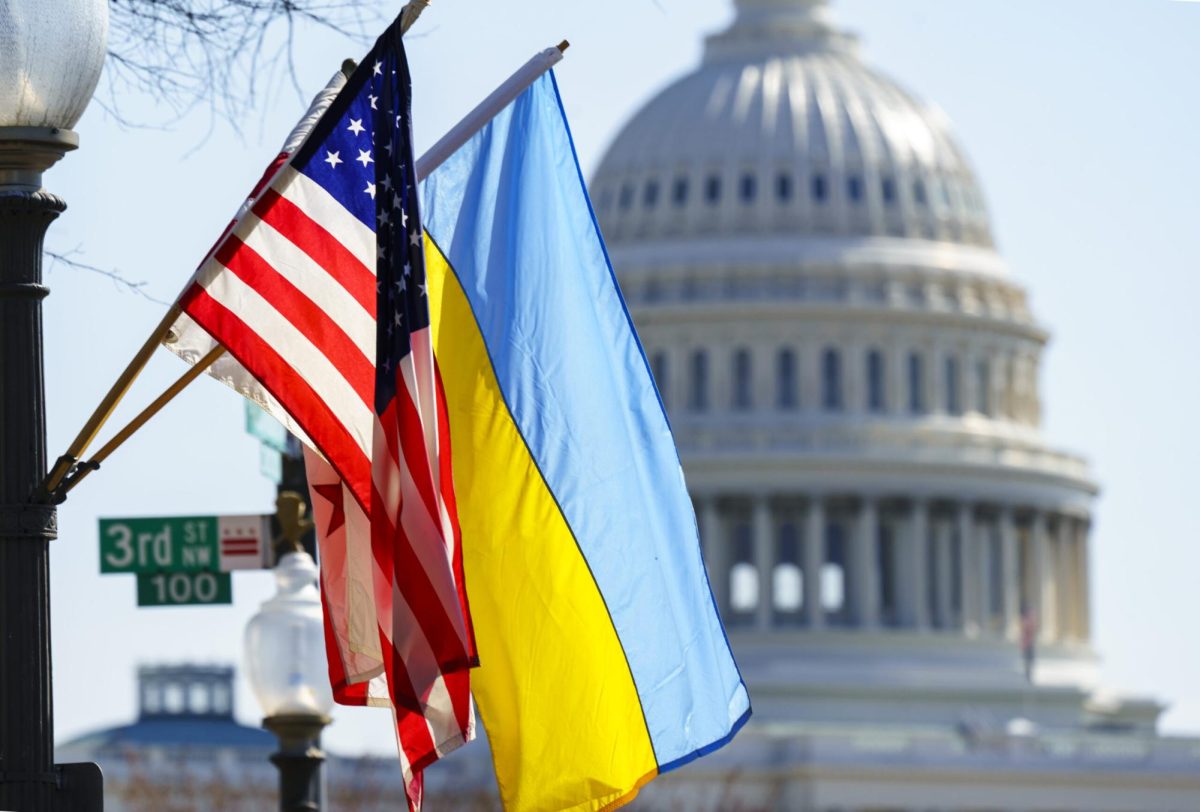“When you attack us, you will see our faces, not our backs, but our faces.” These were the words uttered by Ukraine’s President Volodymyr Zelensky on the morning of February 24, 2022, just as Russia launched a ground invasion of his country from three fronts. Despite Zelensky’s defiance, Ukraine’s prospects looked grim, with CIA intelligence reporting that Kiev would fall within 72 hours.
However it’s been two years, and the Ukrainian government in Kiev has shown no signs of backing down, with Russia only controlling 16% of Ukraine’s territory as of December 2023. It’s not just the resilience of the Ukrainian government that must be noted, but the resilience of the Ukrainian nation as a whole, with countless Ukrainian businesses such as factories, office centers, restaurants and hotels finding creative ways to remain active and support the Ukrainian armed forces.
To quote Peter Dickinson, a senior analyst at the Atlantic Council: “Ukrainians have just shrugged it all off and carried on.”
Nevertheless, the war has entered a new phase — one that is unpredictable and precarious. The Center for Strategic and International Studies reports that Ukraine is currently moving slower than in its previous offensives against Russia, with Ukraine facing stiff opposition from Russia’s extensive fortification system of minefields and trench networks. This current usage of trench warfare, combined with stalling Western aid, explains President Zelensky’s admission on Dec. 1, 2023, that Ukraine’s 2023 counteroffensive “did not achieve the desired results.”
The current ‘frozen’ state of the conflict has raised questions about American aid to Ukraine and about whether the United States should continue supporting Ukrainian efforts. Increasingly, politicians from both parties have gotten disillusioned with the idea of sending aid to Ukraine, suggesting that Ukraine should compromise and negotiate for a ceasefire instead. This reluctance is compounded by diminishing domestic support, with the Pew Research Center reporting in December 2023 that 31% of Americans support a reduction in aid to Ukraine. Therefore, it’s a valid question to ask: Should the United States continue to aid Ukraine?

Putting aside the fact that over 60% of Americans support continued aid to Ukraine, there are several reasons why US support for Ukraine should continue. For one, allowing Russia to illegally occupy Ukrainian territory would result in the United States losing its strategic foothold in Eastern Europe and Asia, with such a step signaling a green light for authoritarian nations such as Russia and China to blatantly disregard international law. This has happened in the past, as the United States and its allies failed to condemn the German annexation of Austria and Czechoslovakia in 1938-39, attempting to pacify Germany instead. This approach backfired, with the resulting World War costing over 50 million lives, with 11 million dying as a result of the Holocaust. Thus, if the United States and the international community legitimize Russia’s actions, that sets the precedent for other authoritarian regimes to achieve their territorial ambitions.
Second, Ukraine has been able to effectively utilize US aid to weaken the Russian army, which has lost over 11,000 pieces of battlefield equipment, 75 combat aircraft and eight warships. This lowers the chance of greater armed conflict, as Ukraine has so degraded Russia’s armed forces that the risk of a Russian attack on Eastern Europe and the Baltics is far lower. The diminished capabilities of Russia’s armed forces boost the capabilities and security of NATO member nations such as the United States.
To quote Timothy Snyder, a Ukraine expert at Yale, “Ukrainian resistance provides extraordinary security benefits to Americans.” If that’s the case, the least the United States can do is support its ally during its time of need.
While there are relevant concerns surrounding US aid to Ukraine, the pros outweigh the cons. The $65 billion of US aid that has been sent to Ukraine does burden the American taxpayer, but not as much as the trillions of dollars that the US wasted in drawn-out conflicts in Iraq and Afghanistan. Furthermore, such aid is being used productively, as Ukraine has been able to effectively stall the assault of the world’s second-most powerful army. In this manner, US aid to Ukraine protects American interests at home and abroad and serves as a powerful reminder that violating international law comes with consequences.
Ukraine’s success in withstanding Russian aggression hasn’t come without its costs. As of August 2023, estimates put the total number of Ukrainian and Russian casualties at 500,000, with the war costing the lives of over 10,000 civilians. Even if Ukraine does win its battle against autocracy, it will face a plethora of challenges back home, whether it’s rebuilding its war-torn economy or cracking down on corruption.
However, to quote Ukrainian Sergeant Dmytro Finashyn, “We have our backs to the wall and have no place to run. We can only go forward.” If the United States is to uphold its reputation as a defender and supporter of democracy around the world, then it must help Ukraine and Sergeant Finashyn to move forward and win the battle.
“The battle is not only for the life, freedom and security of Ukrainians or any other nation which Russia attempts to conquer. This struggle will define in what world our children and grandchildren will live.”
— Volodymyr Zelensky









Nadia Talanker • Feb 7, 2024 at 1:23 pm
an extremely important article handled with respect and assiduity. amazing writing and amazing coverage, great job!!